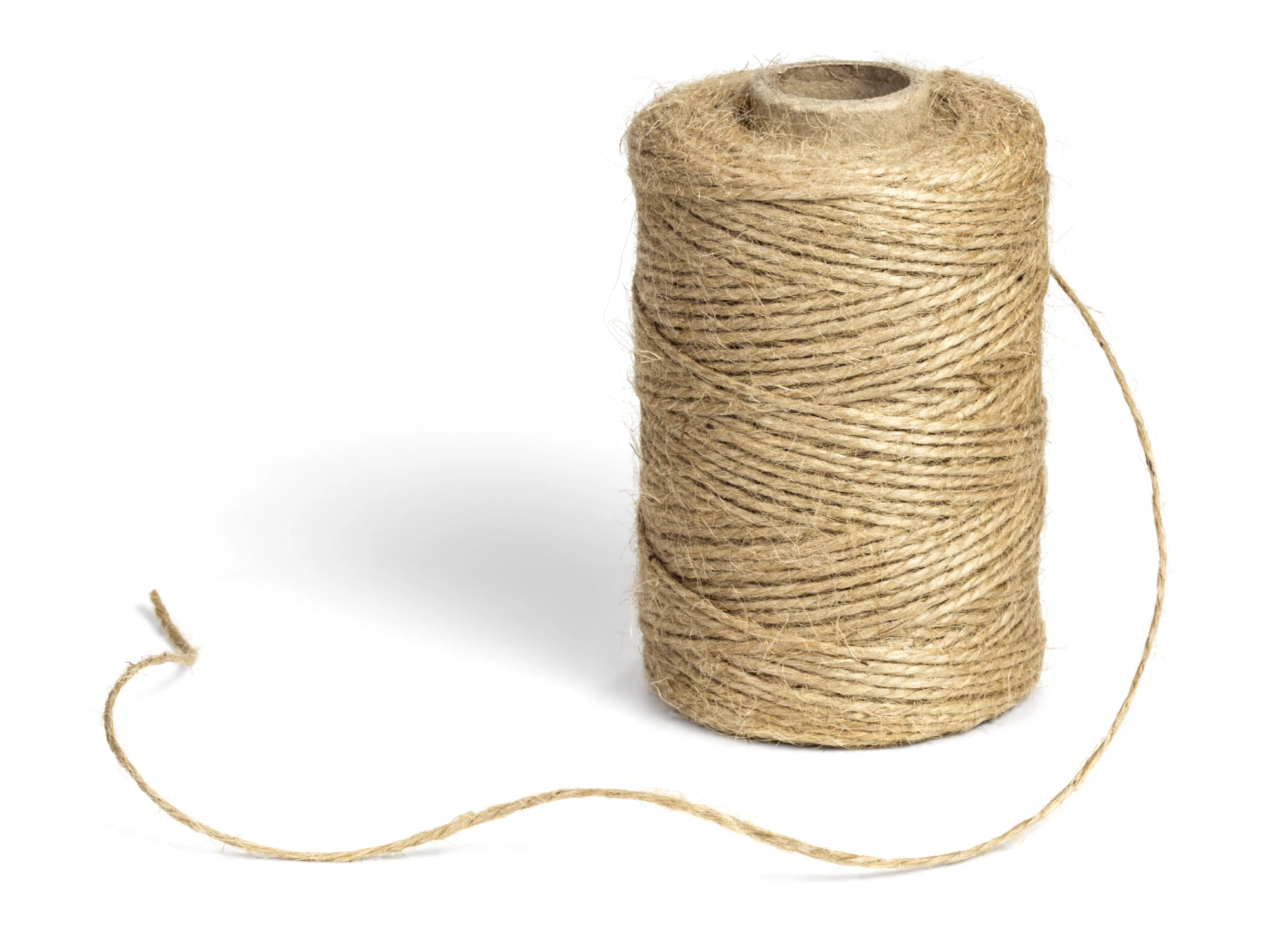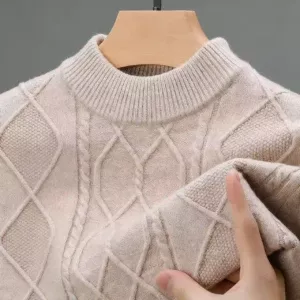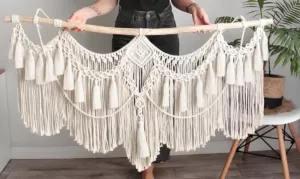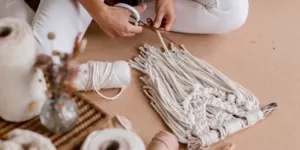Macrame, the art of knotting strings into intricate patterns, has seen a resurgence in popularity in recent years. This timeless craft is not only a creative outlet but also a delightful way to adorn your living space with unique, handcrafted decor. From wall hangings and plant hangers to jewelry and accessories, macrame’s potential is vast and varied. However, the key to achieving stunning results lies in selecting the right yarn for your projects. In this comprehensive guide, we will delve into the various types of yarn available for macrame, their unique characteristics, and tips to help you make an informed choice.
Understanding the Basics of Macrame Yarn
What is Macrame?
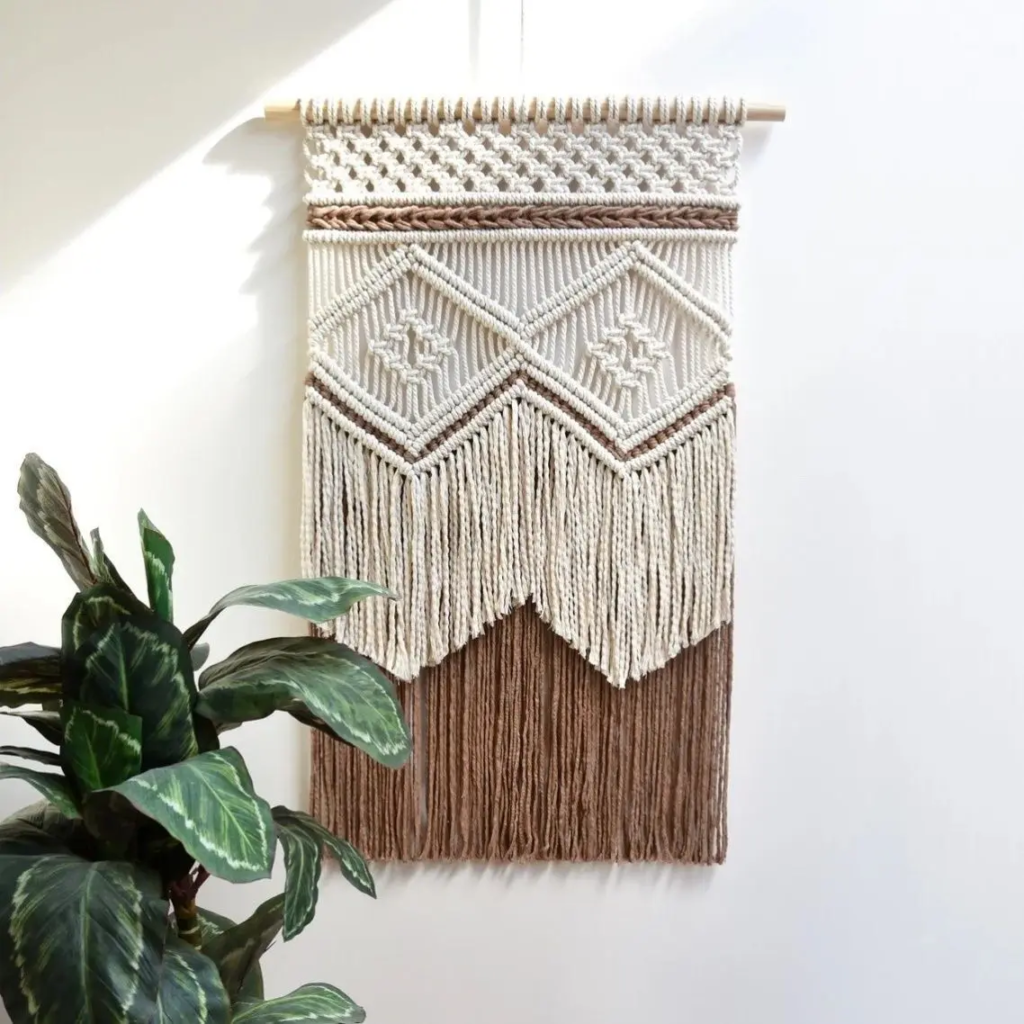
Before we delve into the types of yarn, it’s essential to understand what macrame involves. Macrame is a textile art that uses knotting techniques, unlike weaving or knitting, which typically involve weaving tools or needles. The most common knots include the square knot, half hitch, and lark’s head knot. With these simple knots, you can create complex and visually appealing designs.
Factors to Consider When Choosing Yarn
Choosing the right yarn for your macrame project isn’t just about picking any string off the shelf. Multiple factors come into play, each affecting the final outcome of your work. Consider the following:
- Material: The type of fiber used to make the yarn.
- Thickness: The diameter of the yarn, usually measured in millimeters.
- Texture: The feel and surface characteristics of the yarn.
- Strength and Durability: How well the yarn holds up to tension and wear.
- Color and Dyeability: Availability of colors and how well the yarn holds dye.
Now, let’s explore the various types of yarns commonly used in macrame and assess their suitability.
Types of Yarn for Macrame
Cotton Yarn
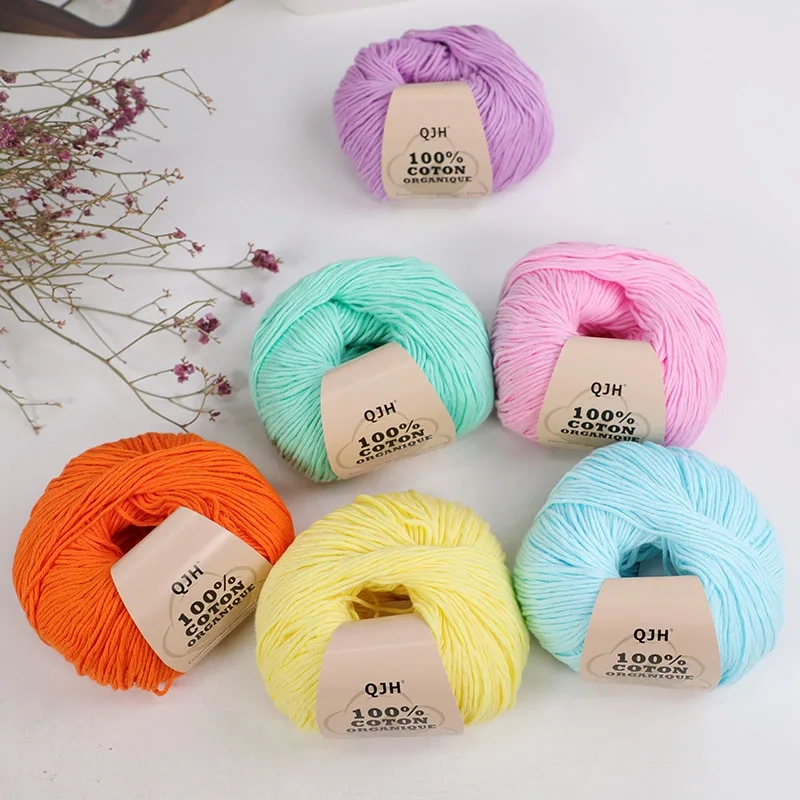
Characteristics
Cotton is the gold standard for macrame yarn, thanks to its softness, flexibility, and ease of handling. It’s available in various forms:
- Single Ply: Consists of a single strand and is generally used for finer details.
- Three-Ply: Made up of three twisted strands, offering more strength and texture.
- Braided Cotton: Extremely strong and doesn’t unravel easily.
Pros
- Versatility: Suitable for a wide range of projects, from delicate jewelry to large wall hangings.
- Softness: Gentle on the hands, making it easy to work with for extended periods.
- Absorbent: Takes dye well, allowing for easy customization.
- Durability: High-quality cotton yarns like Egyptian cotton are incredibly durable.
Cons
- Cost: High-quality cotton yarn can be expensive.
- Stretch: Cotton has some stretch, which might cause your projects to lose shape over time.
Best Uses
Cotton yarn is ideal for both beginners and experienced crafters. It’s particularly well-suited for wall hangings, plant hangers, and home decor pieces that require flexibility and softness.
Jute Yarn
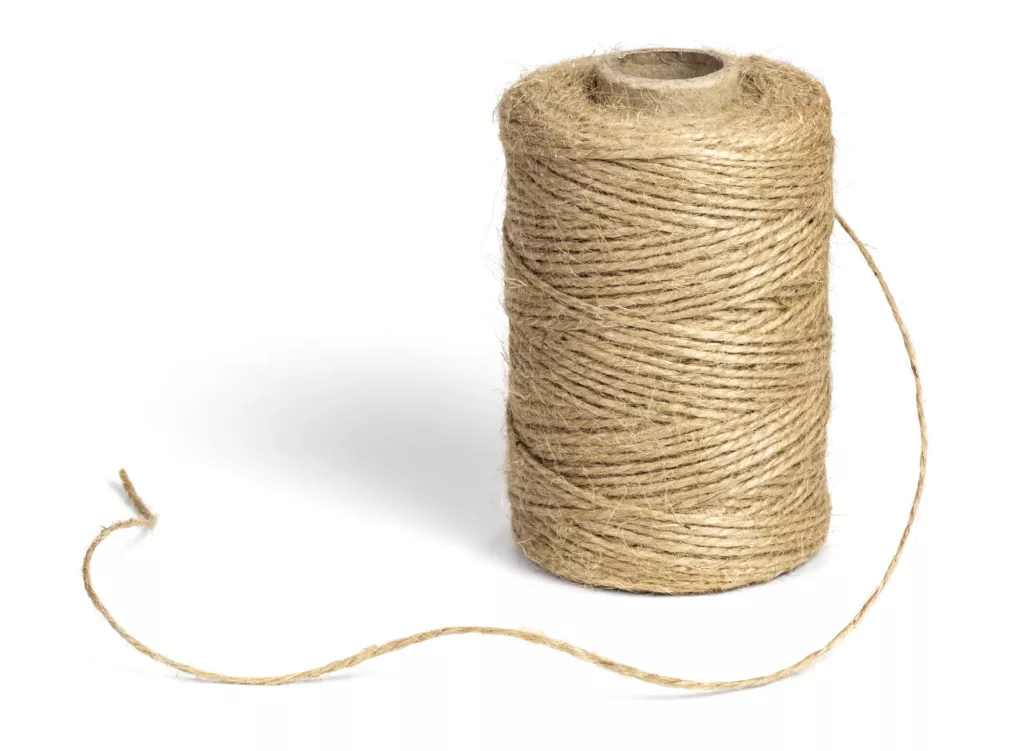
Characteristics
Jute is a natural plant fiber known for its strength and rugged texture. It’s less flexible than cotton but offers a distinct, earthy look.
Pros
- Strength: Very strong and durable, perfect for projects that need to support weight.
- Aesthetic: Provides a rustic, natural appearance.
- Cost-Effective: Generally cheaper than cotton yarn.
Cons
- Texture: Rough and can be hard on the hands.
- Flexibility: Less flexible, making it harder to create intricate patterns.
- Fraying: Prone to fraying, which might require additional finishing techniques.
Best Uses
Jute yarn is best for functional items like plant hangers, room dividers, and other rugged accessories. Its natural, rustic appearance also makes it ideal for adding a touch of nature to your home decor.
Polyester Yarn
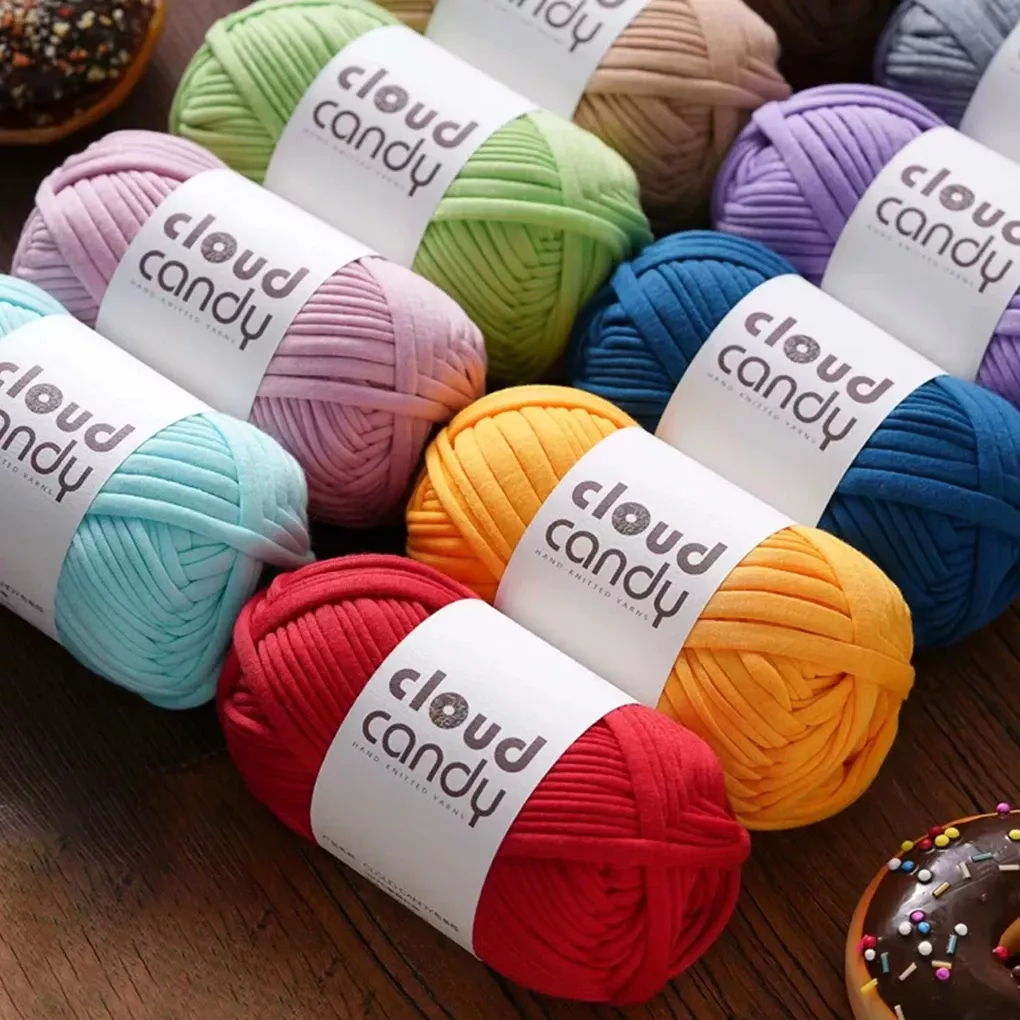
Characteristics
Polyester is a synthetic fiber known for its durability and wide range of colors.
Pros
- Durability: Extremely strong and resistant to wear and tear.
- Color Variety: Available in a plethora of colors and patterns.
- Water-Resistant: Suitable for outdoor projects.
Cons
- Texture: Can be slippery and harder to knot.
- Environmental Impact: Synthetic and not biodegradable.
- Less Absorbent: Doesn’t take dye as well as natural fibers.
Best Uses
Polyester yarn is ideal for outdoor projects like garden decor, as well as functional items that require extra durability, such as bags and baskets.
Hemp Yarn
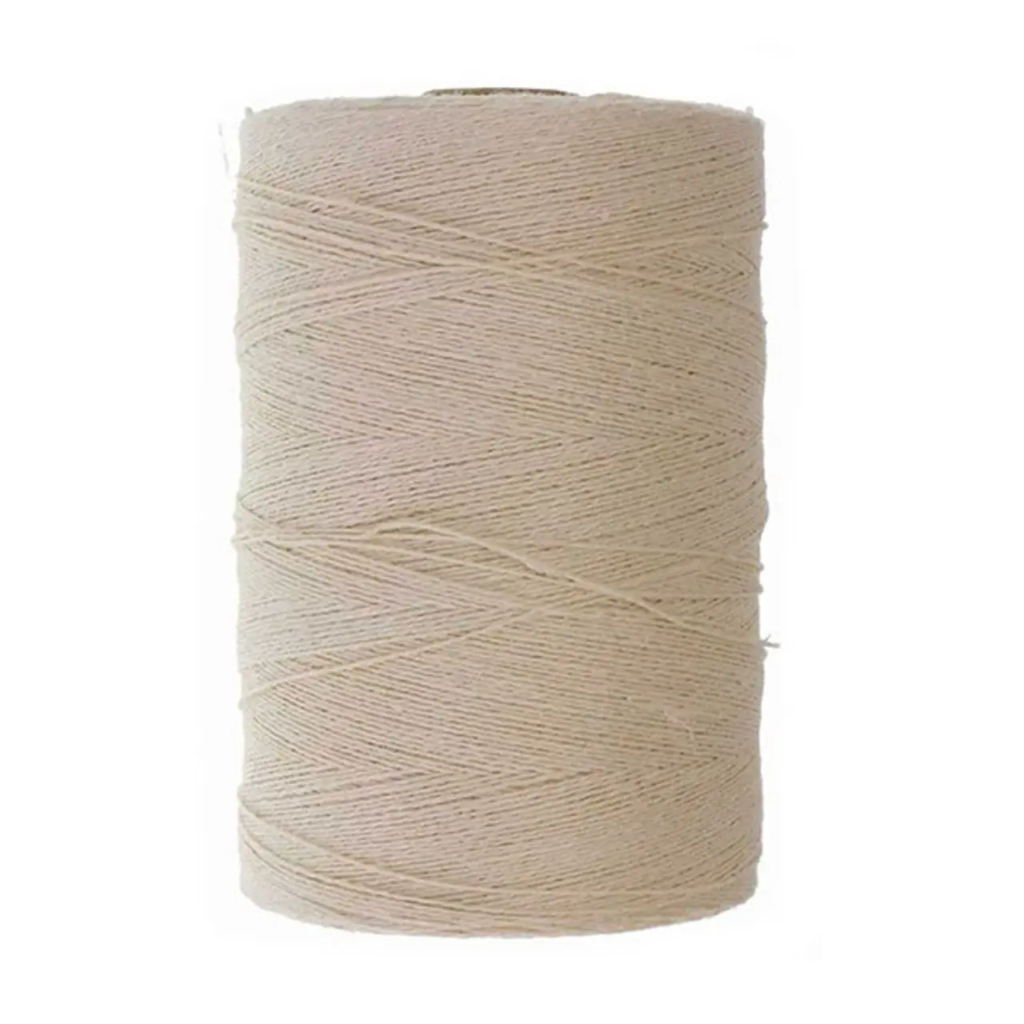
Characteristics
Hemp is another strong, natural fiber that has gained popularity due to its eco-friendly nature.
Pros
- Eco-Friendly: Grown with minimal pesticides and chemicals.
- Strength: Very durable and can hold shape well.
- Texture: Has a unique and appealing texture.
Cons
- Stiffness: Can be quite stiff, making it less suitable for detailed patterns.
- Limited Color Options: Naturally comes in earthy tones, which may limit creative possibilities.
Best Uses
Hemp yarn is perfect for eco-conscious projects, especially those requiring durability and strength, such as rugs, bags, and plant hangers.
Wool Yarn
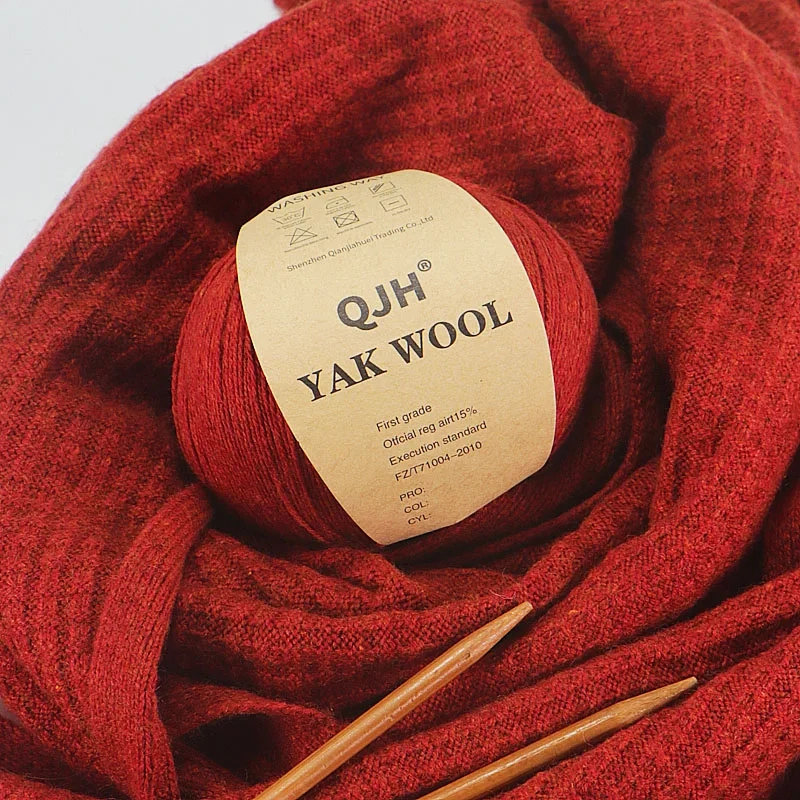
Characteristics
Wool is known for its softness and warmth. While not as commonly used in macrame, it offers unique characteristics.
Pros
- Softness: Extremely soft, adding a cozy feel to projects.
- Insulating: Provides warmth, making it suitable for winter accessories.
- Elasticity: Naturally stretchy, allowing for flexible designs.
Cons
- Price: High-quality wool can be quite expensive.
- Care: Requires special care, as it can shrink or felt when washed improperly.
- Durability: Less durable compared to other fibers like cotton or hemp.
Best Uses
Wool yarn is excellent for indoor decor items like wall hangings, as well as accessories such as scarves and cozy wraps. Its unique texture can add a luxurious touch to your macrame projects.
Nylon Yarn
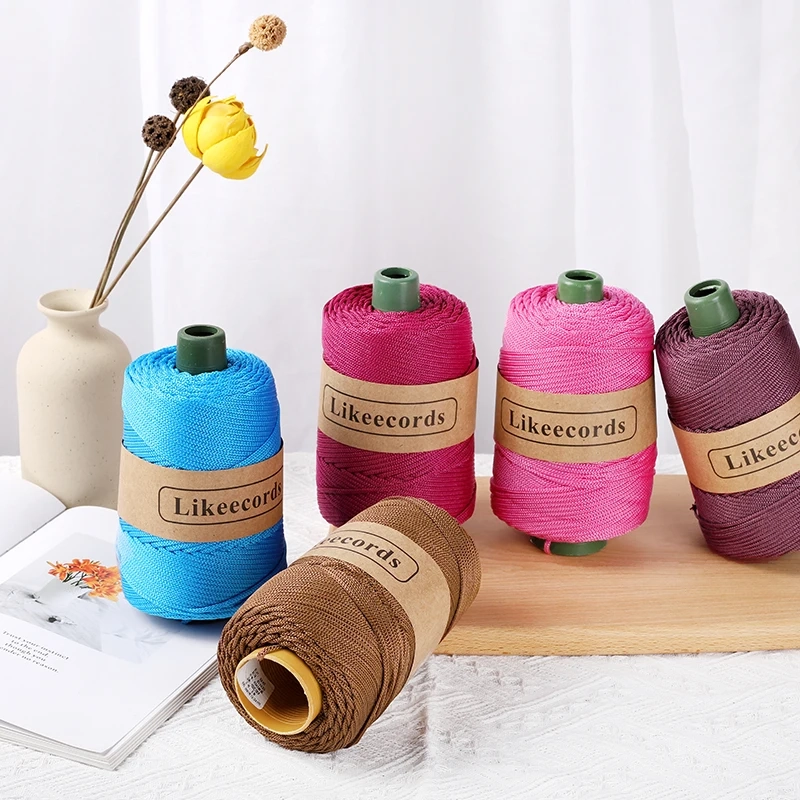
Characteristics
Nylon is a synthetic fiber known for its strength, elasticity, and resistance to wear.
Pros
- Durability: Extremely strong and resistant to wear and tear.
- Elasticity: Adds flexibility to projects.
- Water-Resistant: Ideal for outdoor decor.
- Wide Color Range: Available in many vibrant colors.
Cons
- Texture: Can be slippery, making it harder to work with.
- Environmental Impact: Synthetic and not biodegradable.
- Cost: High-quality nylon can be expensive.
Best Uses
Nylon yarn is well-suited for outdoor projects, durable accessories, and items that require high elasticity. Its vibrant colors and strength make it a compelling choice for many types of macrame creations.
Tips for Choosing the Right Yarn for Macrame
Project Requirements
Consider what you’re making. Is it a decorative wall hanging or a functional plant hanger? Different projects have different requirements in terms of strength, flexibility, and texture.
Skill Level
If you’re a beginner, it’s usually best to start with a more forgiving yarn, such as cotton. As you gain experience, you can experiment with more challenging materials like jute or polyester.
Texture and Feel
The texture of the yarn can significantly affect the look and feel of the final project. Softer yarns like cotton and wool are easier on the hands and provide a smooth finish, while rougher yarns like jute add a rustic touch.
Color and Dyeability
If you want specific colors, go for yarns that come pre-dyed or are easily dyeable. Cotton, for example, takes dye well, allowing for a wide range of customization options.
Sustainability
For the eco-conscious, consider the sustainability of the yarn. Natural fibers like cotton, jute, and hemp are more environmentally friendly compared to synthetic options like polyester and nylon.
Budget
Your budget will also influence your choice. High-quality natural fibers can be expensive, but they offer durability and a luxurious feel. Synthetic fibers may be more affordable and durable but come with environmental costs.
Conclusion
Selecting the right yarn for your macrame projects is more than just a matter of preference; it’s a crucial decision that will greatly impact your final product. From the softness of cotton and the ruggedness of jute to the vibrant colors of polyester and the eco-friendliness of hemp, each type of yarn brings its unique set of characteristics to the table.
By understanding these various aspects and considering your project requirements, skill level, and personal preferences, you can make an informed choice that ensures your macrame creations are both beautiful and functional. Whether you’re crafting for personal joy or creating items to sell, the right yarn can make all the difference in bringing your macrame visions to life.

